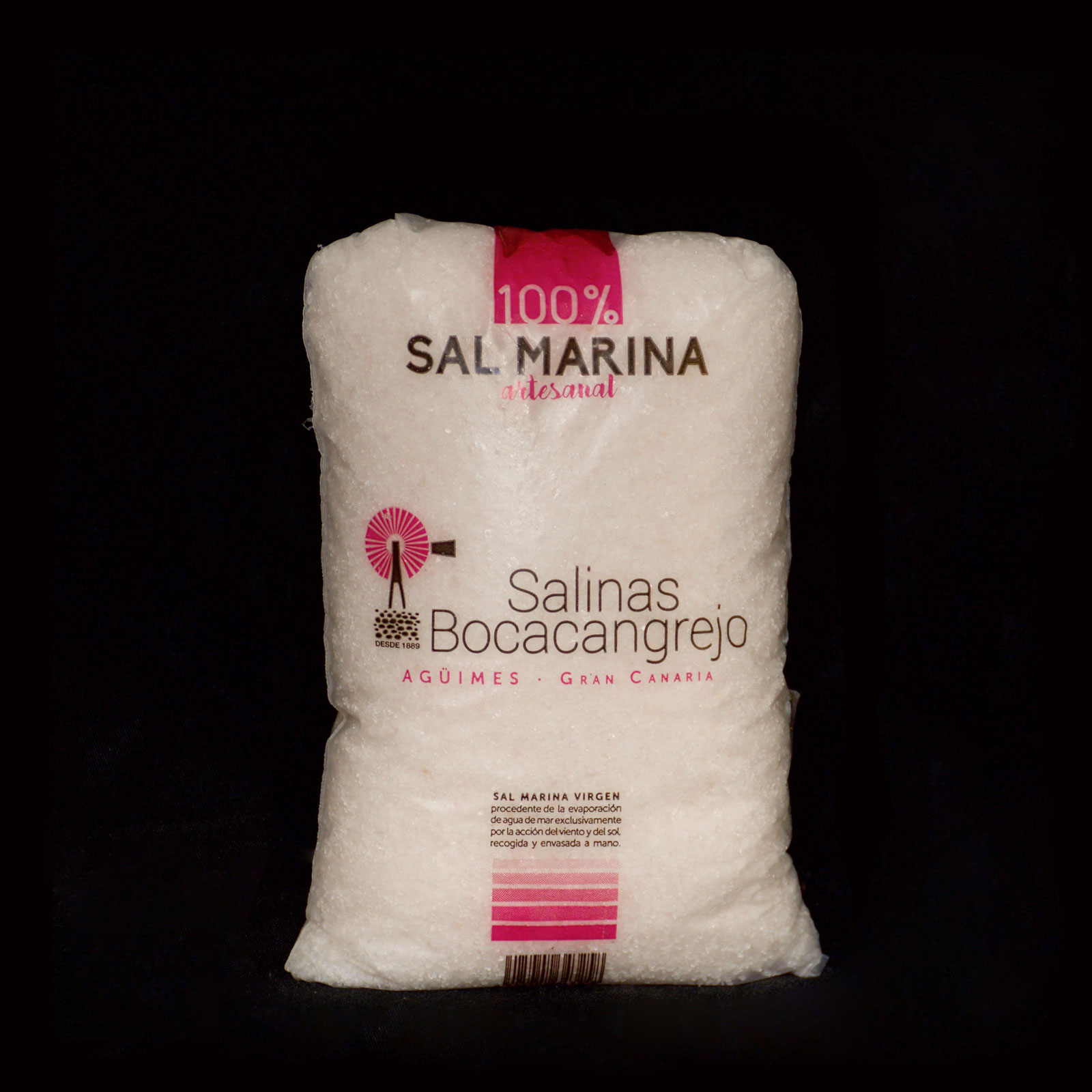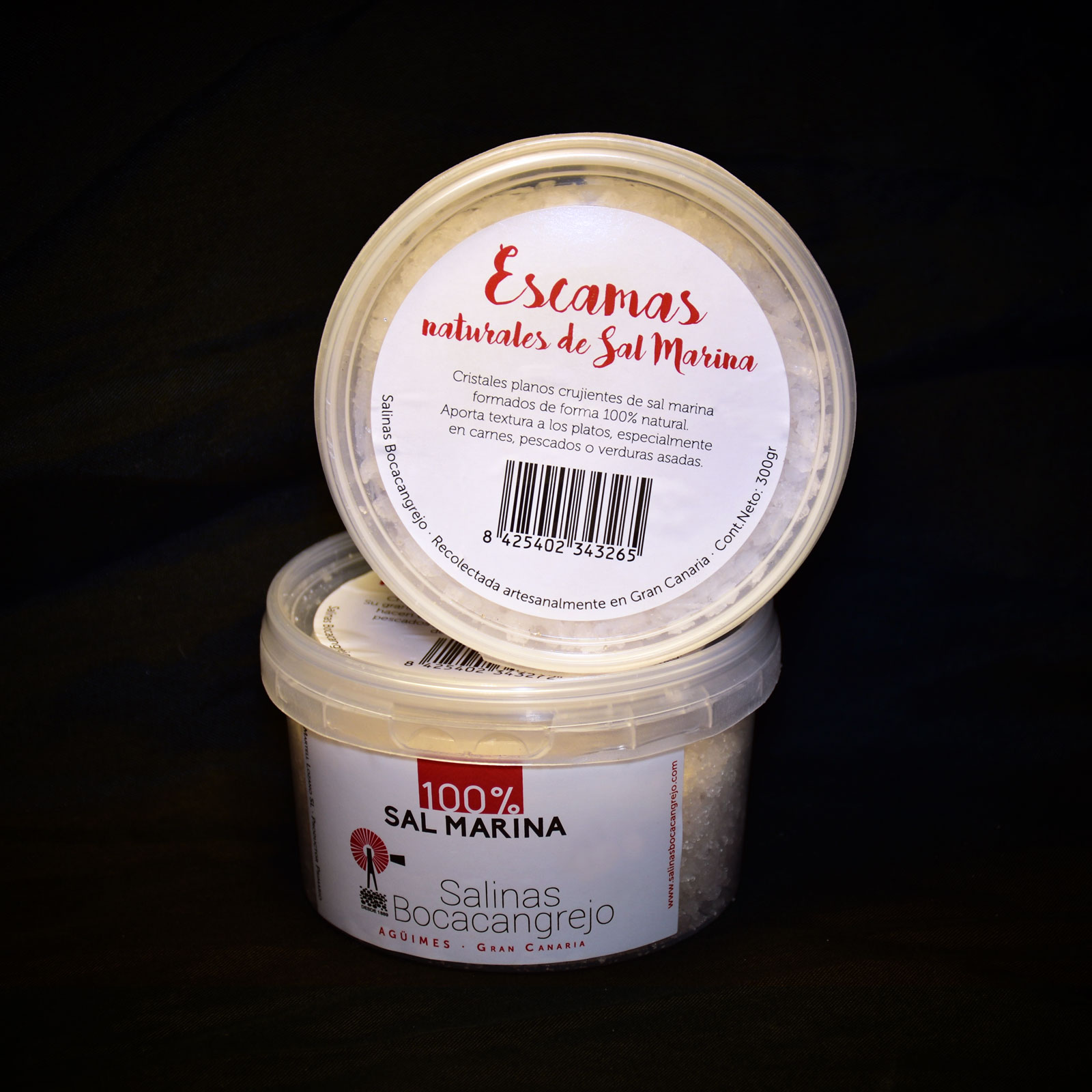La flor de sal se forma en la superficie del agua. Son cristales blancos de sutil textura. Se deshacen en boca con una explosión de sabor marino. Tiene más proporción de yodo natural y oligoelementos. Su pureza y cristalización hacen de ella el producto de excelente calidad. Tiene un mayor valor por ser recogida de manera artesanal bajo ciertas circunstancias climáticas específicas. Las cantidades son limitadas.
Para cosecharla, se utiliza un recolector que se pasa entre el fondo y la superficie permitiendo recoger la flor de sal sin romperla. Requiere habilidad con movimientos precisos y delicados para respetar la fragilidad de la flor que puede caer al fondo del tajo.
The flower of salt is formed on the surface of the water. They are white crystals of subtle texture. They melt in the mouth with an explosion of marine flavor. It has more proportion of natural iodine and trace elements. Its purity and crystallization make it an excellent quality product. It has a greater value because it is collected in an artisan way under certain specific climatic circumstances. The quantities are limited. To harvest it, a collector is used, which is passed between the bottom and the surface, allowing the flower of salt to be collected without breaking it. It requires skill with precise and delicate movements to respect the fragility of the flower that can fall to the bottom of the pit.



El grano de la flor de sal es delgado y blanco, casi como un copo (porque se forma en la superficie del agua).
Se utiliza en la última fase del emplatado: sobre carnes, ensaladas, pan con tomate, etc…
The grain of the salt flower is thin and white, like a flake
(because it forms on the surface of the water).
It is used in the last phase of the plating: on meats, salads, bread with tomato, etc …

















